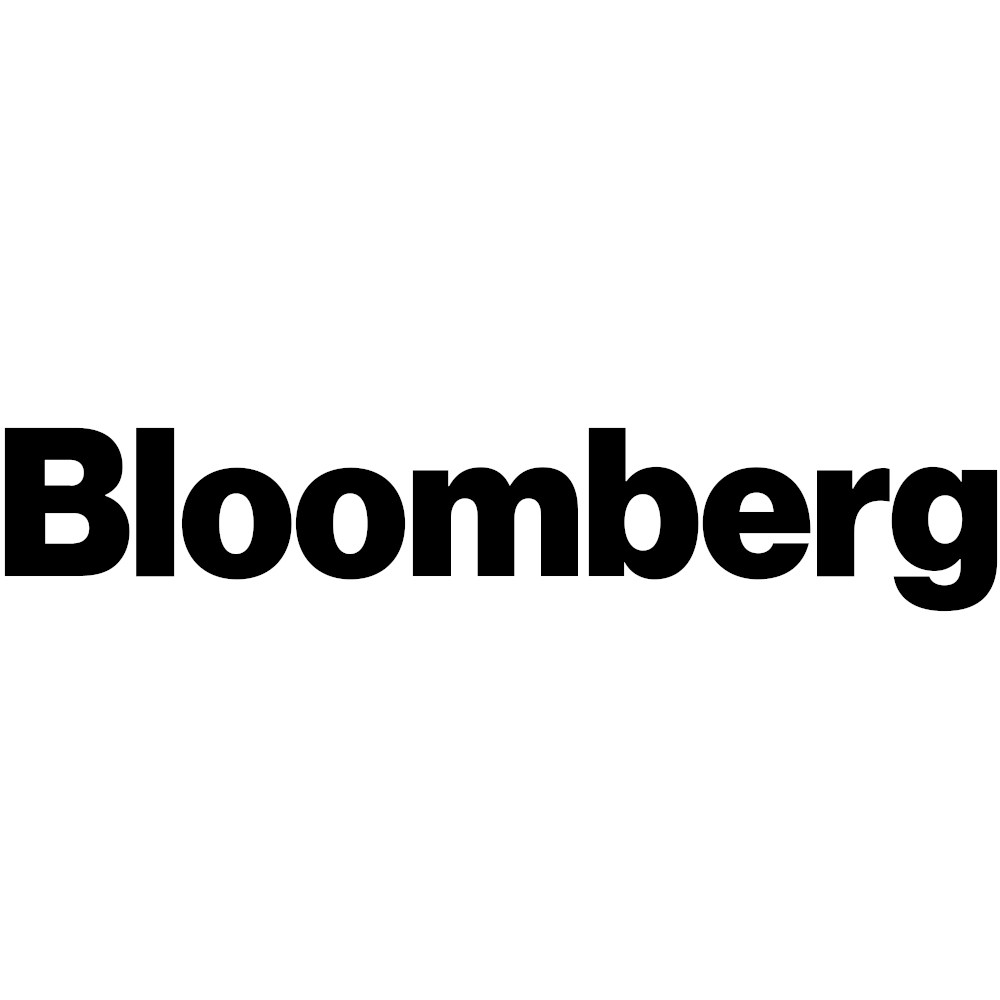Wall Street’s Optimism Sinks as Fed Decision ‘Screams Hawkish’

By: Isabelle Lee and Lu Wang
(Bloomberg) — For investors trying to gauge levels of hawkishness at the Federal Reserve, Wednesday was an example of words carrying more weight than actions.
As part of its rate decision, Fed officials projected that rates will rise at least another half a percentage point next year. That was enough to send stocks lower and lift Treasury yields higher briefly — moves the Fed itself might welcome. Since the central bank’s last policy decision on Nov. 2, the S&P 500 had climbed almost 7% through Tuesday, marking the best intra-meeting performance since June 2020. A US Financial Conditions Index kept by Goldman Sachs Group Inc. slipped 0.8% for the largest easing between Fed meetings since August 2009. “Slower growth forecasts, yet more hikes. That’s not a great combination for markets,” said Dan Suzuki, deputy chief investment officer at Richard Bernstein Advisors. “The biggeruncertainty for markets right now is growth, not the Fed.” Chair Jerome Powell’s comments at the news conference following the rate decision initially darkened the market’s mood.
“He doesn’t sound like happy Brookings Powell,” said Dennis DeBusschere, founder of 22V Research. “More like sad Jackson Hole Powell.”
But some investors took heart when Powell said policy is getting into a good place now and will be “sufficiently restrictive” soon.
Here’s what other analysts were saying:
Steve Sosnick, chief strategist at Interactive Brokers: “The red-lined statement was remarkable for its last of red lines — only the rate itself and a slight modification to the effect of global concerns on inflation. The higher dot plot and essentially unchanged statement is a pushback against the market’s anticipation of a peak, pause, and pivot in 2023.” Zachary Hill, head of portfolio management at Horizon Investments, ahead of the news conference: “At first blush, the 2 pm release screams hawkish, including the language around ongoing hikes in the statement and the distribution of the 23 dots. But the SEP also increased the amount of cuts in 2024 to 4, which is close enough to the market for the bulls to validate the pricing of a soft landing.”
Oscar Munoz, US macro strategist at TD Securities, on Powell’s comments: “He’s matching what the dot plot is now telling you. He is not downplaying the dots as he has done in the recent past. That is hawkish in itself.”
Jay Hatfield, founder and CEO at Infrastructure Capital Advisors: “The key driver of stock and bond prices before the presser is the dot plot which came in about 25bp above what was priced into Fed Funds futures. We believe that the increase in the dot plot was well signaled so the impact on the bond and stock market is very small.”
Seema Shah, chief global strategist at Principal Asset Management: “The Fed still remains coy about the possibility of recession, but with most Fed officials considering risks to be tilted to the downside, it’s fair to say they are far more worried about the economic outlook than they are willing to admit. This should mark the death knell for the most recent bear market rally. Policy rates have already risen 425 bps this year alone, have further to rise, and will not fall next year – and all this information to digest before the inevitable economic recession sets in.”
Scott Minerd, Guggenheim Partners Global CIO, on Bloomberg Television: “The one piece of historical data I can hang my hat on is that the Fed has consistently been wrong on its projections.”
Gregory Faranello, Head of US Rates Trading & Strategy for AmeriVet Securities: “Markets are ready to challenge the Fed here” with 2-year yields well below the Fed’s aim of a 5% policy rate.–With assistance from Katie Greifeld, Emily Graffeo and Michael MacKenzie.



